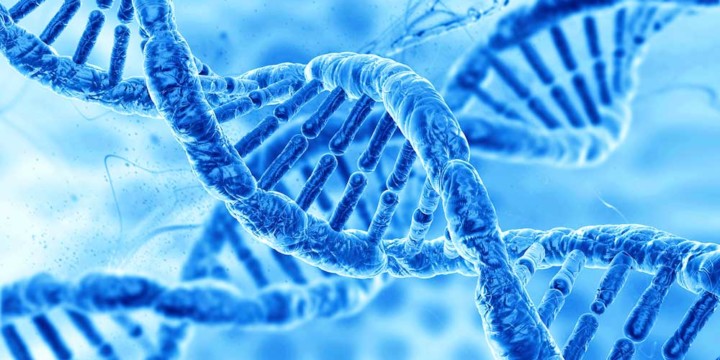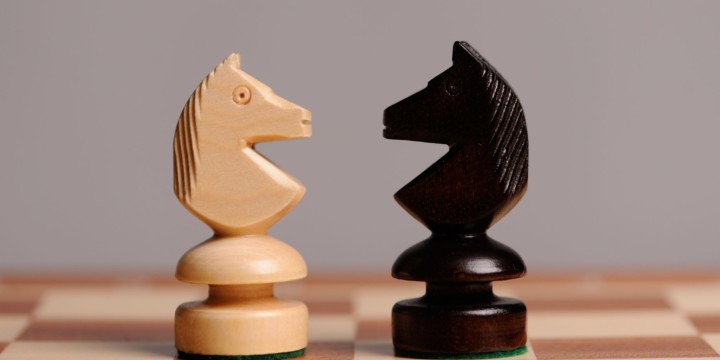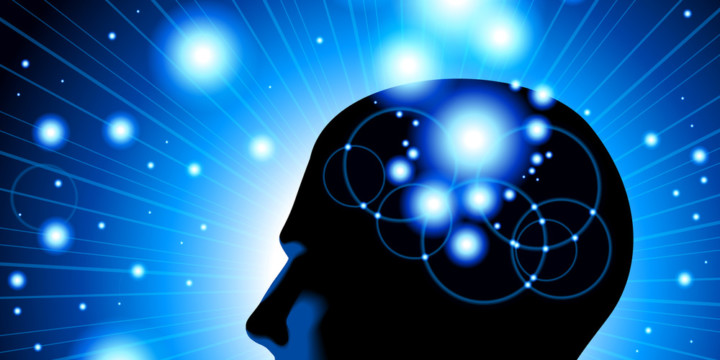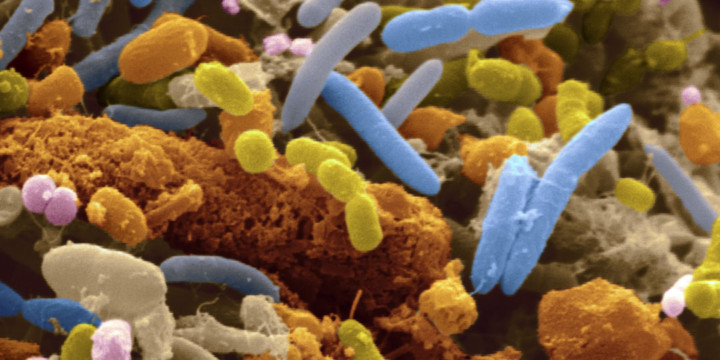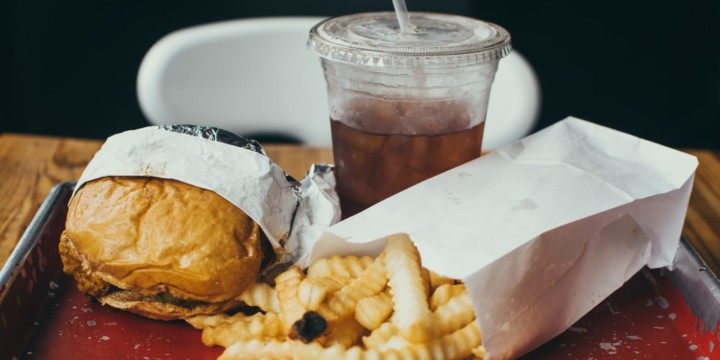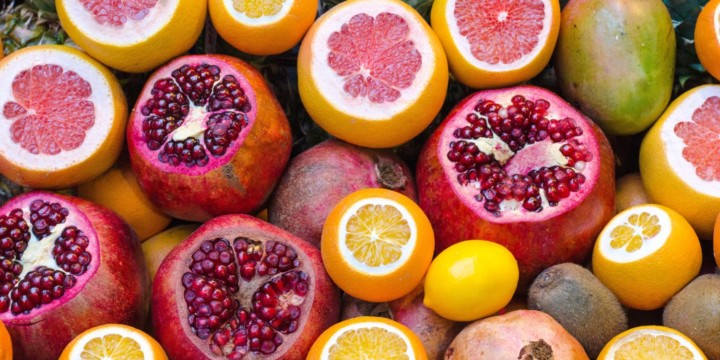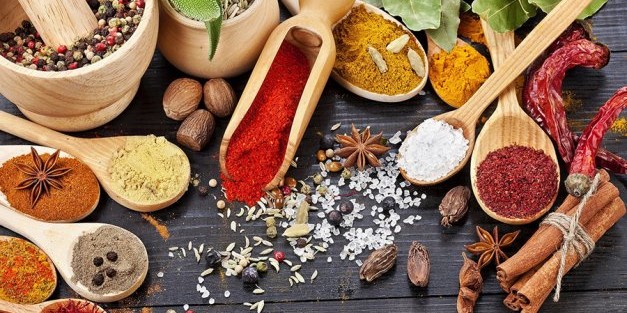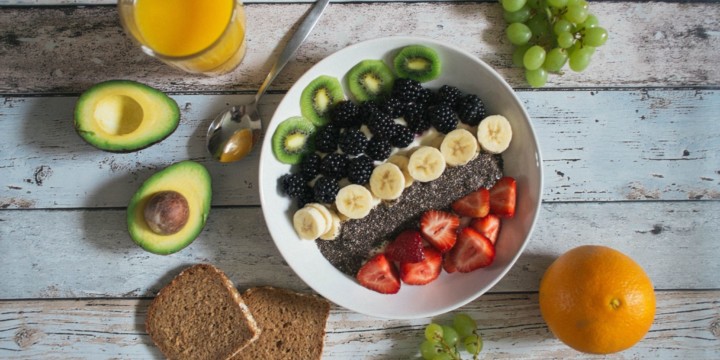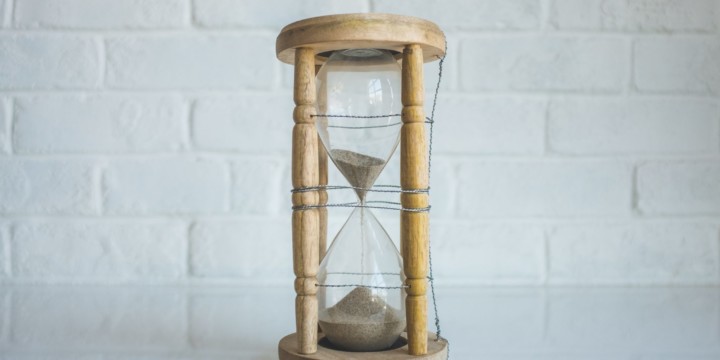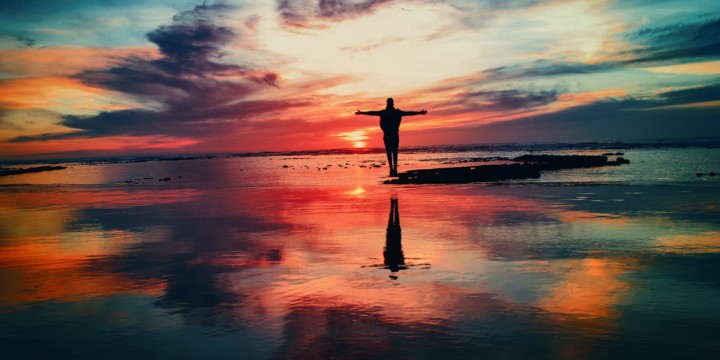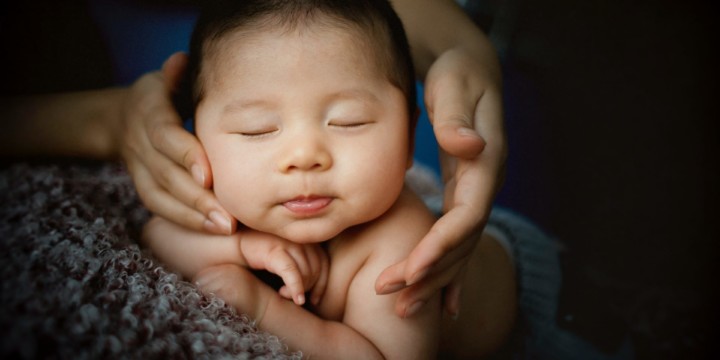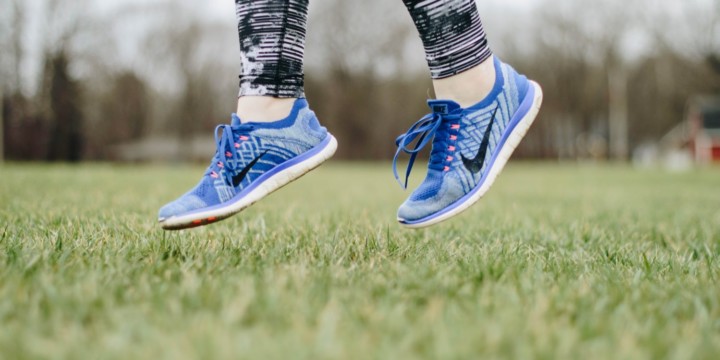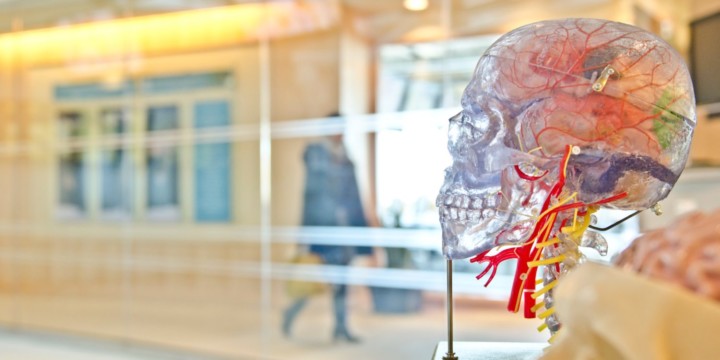Physiology of Acne
Acne is the most common skin condition that affects most of the teenagers undergoing hormonal changes. It is not unusual for some women to develop acne even in the mid to late twenties. Acne is caused when the hair follicles on the face, neck, chest, shoulder, and back become plugged with oil and dead skin cells.
Types of Acne
Acne can be divided into different types depending on the physiology
- Clogged pores also known as blackheads and whiteheads
- Red tender zits or pimples
- Pustulates pimples with pus at the tips
- Nodules or solid bumps under the surface of the skin
- Cysts or deep boils with pus
Causes
Acne is a skin condition that occurs when your hair follicles become plugged with oil secreted by sebaceous gland and dead skin cells. Sebum oil main function is to lubricate and protect the skin.The problem occurs when sebaceous glands go into overproduction of sebum. Acne is most common among teenagers, though it affects people of all ages. Some of the common causes of acne are
- Hormonal changes and imbalance especially due to excess androgens
- Medication for example drugs containing corticosteroids, testosterone or lithium.
- Stress can exacerbate the acne.
- Diet of refined carbohydrates, simple sugar, and junk food.
- Certain medical condition like Polycystic Ovary Syndrome, Cushing’s
- Cosmetics that clog the pores
- Friction or pressure on your skin caused by items such as telephones, cell phones, helmets, tight collars, and backpacks can also cause acne.
- Genetics or family history of acne
Treatment in Allopathy
The allopathic treatment of acne include topical antibiotics and antibacterials and in some cases, oral antibiotics are also given. Retinol or Vitamin A treatment is also given to the skin.
Oral contraceptives are also prescribed in a few cases where acne are a result of high androgens. Cortisone injections are also given to make large pimples and cysts flatten out fast. Light treatments and chemical peels are used to remove scars.
Acne in Ayurveda
As per Ayurveda acne can be a result of an imbalance of Vata, Pitta or Kapha. Imbalance of Kapha dosha is responsible for blackheads, whiteheads, cystic acne and sebaceous cysts.
Imbalance of Pitta is a root cause of many skin disorders including adult acne.Pitta acne is characterized by redness and excess heat. An imbalance in pitta affects the blood and liver, resulting in inflammation.
Vata acne is largely caused due to the accumulation of toxins in the body due to a weak digestive system. In any case, the root cause of the imbalance needs to identified first before starting with the treatment. Ayurveda provides lasting treatment for acne.
Treatment of Acne in Ayurveda
Ayurveda concentrates on optimizing the digestion and healing gut as skin disturbances are often related to suboptimal digestive capacity. A diet plan is prepared as per the individual constitution. The focus is on having the right combination of food with an emphasis on fruits and vegetables. Junk food, simple carbohydrates, and refined sugar need to be removed from the diet.
Detoxification or Panchakarma treatments like Vamana (emesis) and Virechena (purgation) are useful in getting rid of the toxins from the system.
The health of your skin is closely linked to the health of your liver. Rejuvenation of the liver is something that is given a priority in Ayurveda.
Strengthening the immune system
Herbs are also recommended to purify the blood and balance the hormones. Neem, aloe vera, turmeric, sandalwood, Shatavari, Ashwagandha, Manjistha, Gotukola among others are effective in treating acne.
Use of harsh soaps and chemicals are discouraged by Ayurveda as they not only disturb the pH of the skin but also destroy beneficial bacteria important for healthy skin. As much as possible Ayurveda promotes the use of natural products for skin care. Rubbing a melon on the blemished skin at bedtime can decrease the effect of the acne. Chickpea flour with water has a soothing effect on the skin.
For Pitta and Vata doshas, vigorous exercises are not recommended as they can vitiate these doshas. Dynamic and gentle exercises like Yoga are far more useful in increasing the blood circulation and bringing hormonal balances. Pranayamas like Anuloma-Viloma and Brahmi pranayama are very effective in de-stressing the body and mind bringing hormonal balance.
Acne and Naturopathy
Naturopathy takes the state of the skin as a marker of the overall health of a person. A naturopathic practitioner will not only treat the symptoms but find out the root cause of acne. As per naturopathy, all diseases are a manifestation of internal imbalance in the body. The root cause can lie in hormonal imbalance, poor blood circulation, poor digestion, bad diet and exposure to chemicals.
Treatment of Acne in Naturopathy
Naturopathy uses food as a medicine. A change in diet plan can go a long way in treating any disease including acne. Naturopaths recommend eating more of fresh fruits and vegetables, taking adequate amount of water, avoiding junk, fried and processed food items rich in transfats, refined flours, sugar, and caffeine. A personalized diet needs to be prepared as each individual is different and so are his acne. Including food items rich in Vitamin A, B6, C and E, chromium, selenium, omega 3 fatty acids, and zinc helps in controlling acne.
Periodic fasting and Intermittent fasting are recommended to cleanse the system of toxins, improve digestion and help the cells to repair and renew themselves by the process called autophagy.
Hydrotherapy or application of alternate hot and cold compress can help the affected area in certain cases. Apply a hot washcloth first for 45 seconds followed by cold compress for 15 seconds. This process can be done 3 times.
Herbs such as ginger, amaranth, aloe vera, lemon, coriander, basil, cucumber, grape, chickpea, and beet might be prescribed for the treatment of acne.
Tea tree oil and coconut oil are recommended for external application. Tea tree oil is an anti-bacterial, anti-inflammatory and good for sensitive skin. For applying tea-tree oil, mix four to eight drops of tea tree oil in one teaspoonful of coconut oil. Now, apply to the affected area. Coconut oil also has anti-bacterial properties.
Acupuncture can also be combined with naturopathy. It helps to reduce redness and inflammatory side effects of acne.
Natural exfoliation is also recommended in naturopathy for removing buildup of dead skin.
By targeting the root causes of acne, naturopathy can provide you with healthy and glowing skin.
Acne and Homeopathy
Homeopathy approaches acne in a gentle manner and resolves the problem completely and permanently. Homeopathic medicines attack the root cause by correcting the hormonal imbalance, controlling the genetic predisposition to acne, controlling the sebum production, preventing secondary infection and reducing the remnant scar formation. Homeopathic medicines act internally and clear the acne gently unlike harsh removal by external applications like creams and ointments.
Treatment of Acne in Homeopathy
Homeopathy treatment is personalized as per individual’s condition. Each case of acne is unique and hence requires different medicine. Medication is chosen carefully after a detailed analysis and evaluation of the case. The remedies given below are only indicative. During the course of homeopathic treatment, it is advisable to avoid external applications like creams or ointments on the acne. Avoid coffee while on homeopathic medicines as coffee interferes with the working of homeopathic medicines.
Given below are some of the most commonly indicated remedies for acne.
- Natrum Mur– Natrum Mur is ideal for acne suffered during adolescence. Hormonal imbalance and a genetic predisposition is the reason for acne in Natrum Mur. People who require Natrum Mur are usually introverted and extremely sensitive. They present with an oily face and clusters of acne on the cheeks and back.
- Silicea– This is a wonderful remedy for pustular acne. The patient either presents with multiple pus-filled acne on the face or with deep pit-like scars that have remained after the acne healed.
Silica is useful for strong-minded people with lean physique. They are usually sensitive to cold. - Berberis Aquifolium– Berberis Aquifolium is usually used externally as an effective remedy for removing old acne scars. The patient shows pitted scars and large open pores. Berberis Aquifolium helps in tightening these pores and clears the complexion. It gives a smooth and even texture to the skin.
- Psorinum– Psorinum is an excellent remedy for clearing up a case of acne that has been worsened over the years by using a lot of external application and over-the-counter drugs. The person requiring Psorinum has a face that is so dirty that it may seem that he has never washed his face. He is extremely sensitive to cold and he is all wrapped up even in hot weather. The acne worsens or he shows a fresh crop every time he takes coffee or excessive sugar.
- Kali Bromatum– This remedy is perfect for a case of acne which is pustular. Bluish red pimples appear first that then develop into large pus-filled acne that eventually heals leaving behind ugly looking scars. Kali Bromatum is ideal for acne appearing on the face, shoulders and chest.

